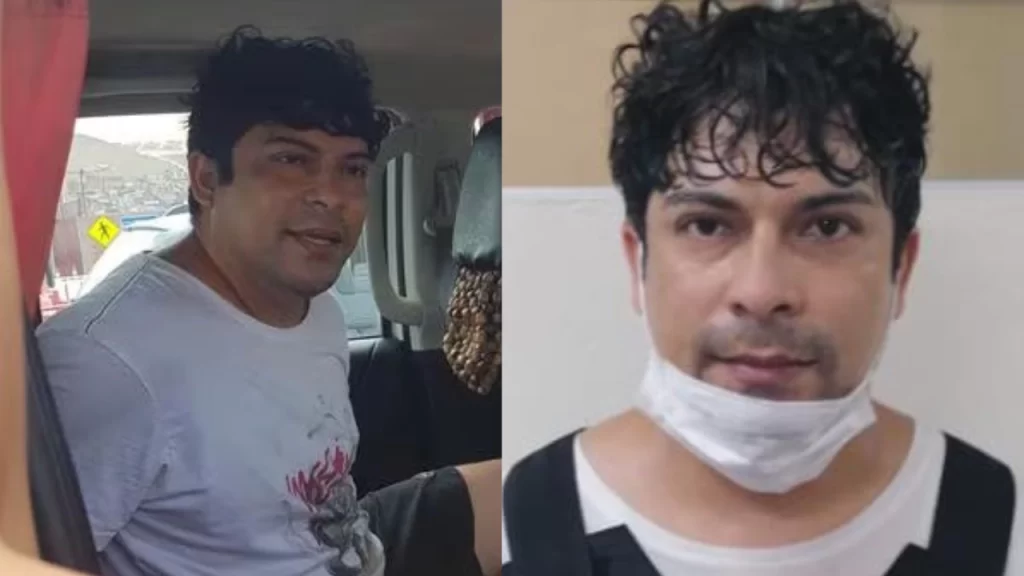U.S. Immigration and Customs Enforcement (ICE) arrested Gianfranco Torres-Navarro, the alleged leader of the Peruvian gang “Los Killers,” on Wednesday in Endicott, New York. Torres-Navarro, 38, is wanted in Peru for his suspected involvement in 23 killings.

Torres-Navarro entered the U.S. illegally at the Texas-Mexico border on May 16, 2024. He was initially arrested and given a notice to appear for immigration proceedings. ICE moved to re-arrest him on July 8 after receiving information about his wanted status in Peru. He is currently being held at a federal detention facility near Buffalo pending an immigration hearing.
ICE also arrested Torres-Navarro’s girlfriend, Mishelle Sol Ivanna Ortíz Ubillús, described by Peruvian authorities as his lieutenant and cashier. She is being held at a processing center in Pennsylvania.

In Peru, Torres-Navarro is accused of leading “Los Killers de Ventanilla y Callao,” a criminal organization known for extorting construction companies. He allegedly fled Peru after the killing of a retired police officer and the shooting of a municipal employee in March 2024. Six other members of “Los Killers” were arrested in June, accused of homicide, contract killing, and extortion.

Torres-Navarro has a history of criminal activities in Peru. He was previously a member of another criminal group, “Los Malditos de Angamos.” In 2019, he was sentenced in absentia to 10 years for illegal weapons possession. Arrested in 2021, he was acquitted and released in December 2023. Peruvian authorities allege that “Los Killers” increased their violent activities following his release.
Notably, Ortíz Ubillús has a significant following on TikTok, where she showcased the couple’s lavish lifestyle, including designer clothes and resort vacations.
This arrest highlights the ongoing challenges of international law enforcement cooperation and the complexities of managing cross-border criminal activities. As the legal process unfolds, both U.S. and Peruvian authorities will be closely watching the case’s development and its potential impact on transnational crime prevention efforts.



